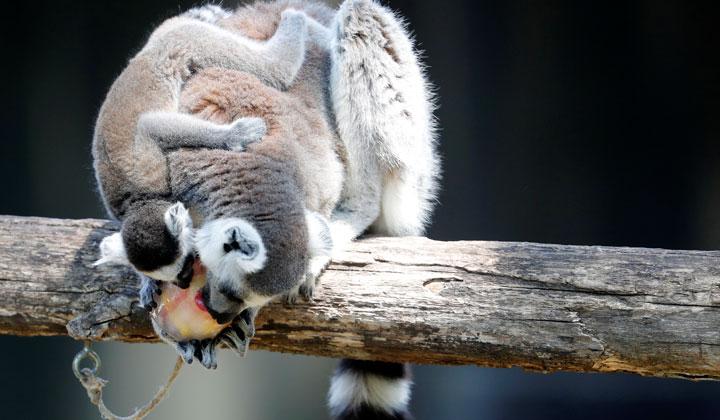
TEMPO.CO, Jakarta - Indonesia is home to two of five rhinoceros species left on earth. Both species are being kept in conservations in West Java and Sumatra, but they are still facing a number of problems in their habitat.
Data from the Environment and Forestry Ministry shows there are only 63 Javan rhinoceros (Rhinoceros sondaicus) left. Meanwhile, the Sumatran rhino (Dicerorhinus sumatrensis) population is estimated to be less than a hundred.
The Sumatran rhinos are said to be living in worse conditions compare to their cousins in the Ujung Kulon National Park, Banten. Despite having a larger population, Sumatran rhinos are scattered in smaller subpopulations.
"The growth opportunity for Sumatran rhinos is relatively lower than the Javan rhinoceros," said Yuyun Kurniawan, project coordinator of the Ujung Kulon World Wildlife Fund Indonesia Program, said in a press release on September 22, which is the World Rhino Day.
According to Yuyun, proactive measures are needed to save the species from extinction.
"Saving the Sumatran rhino, which are becoming increasingly critical, requires species-based conservation approaches, like what was done to the Javan rhinoceros," he said.
The Javan rhino population managed to increase because of that effort. According to the WWF, in 1970 there were only 47 Javan rhinos. A decade later, the population grew to 51. Two years ago, the population rose to 57, and now there are 63 of them.
However, the Javan rhinoceros are now facing the problem of limited habitat to accommodate population growth. Another problem is in Ujung Kulon's fast-growing langkap trees (Arenga obsitulia), an invasive plant that inhibits the growth of forage plants for the Javan rhinos to eat.
The Indonesian government targets to boost the population of 25 protected species by 10 percent, including Javan and Sumatran rhinos, from 2015-2019. For the Javan rhinos, the target is almost achieved.
Sadly for the Sumatran rhinos, what happens is the opposite. The population has shrunk by 50 percent in the last ten years. In Kerinci Seblat, which is one of the offices of the population, not a single Sumatran rhino has been found since 2008.
GABRIEL WAHYU TITIYOGA























